June 2024 Archive — Art & Architecture Styles
Nine clear, practical reads landed on Macklowe Art & Architecture this month. Each piece breaks down a major art or architectural style so you can spot the details, understand the history, and use what you learn in design, study, or city walks. Pick a topic, scan the tips, and open the full article for images and examples.
What you’ll find this month
Exploring Rococo: A look at the ornate, playful side of 18th‑century French art. The article shows how lightness and decoration shaped interiors and painting.
Discovering the Wonders of Greek Revival Architecture: A practical guide to the temple‑inspired forms that changed western building design and how to identify them on streets and campuses.
Federal Architecture: Notes on American symmetry and restrained elegance, with clear pointers for spotting fanlights, sidelights, and clean proportions.
Expressionist Architecture: A tour of bold, sculptural buildings that break rules and push form for emotional effect. Useful if you’re studying modern experimental design.
The Future of Urban Planning: Embracing High‑Tech Architecture — how tech and sustainable systems shape adaptable city buildings today and tomorrow.
Discovering Beaux‑Arts Architecture: Straightforward examples of grand civic buildings and how composition, sculpture, and classical detail work together.
Dutch Colonial Revival in Modern Urban Development: A look at gambrel roofs, cozy proportions, and how revival styles fit into contemporary planning.
Exploring Byzantine Architecture: Clear explanations of domes, mosaics, and structural choices that influenced later sacred buildings across Europe and the Near East.
Italianate Architecture: How brackets, tall windows, and rooflines created a romantic, villa‑inspired look you still see in many historic neighborhoods.
Quick ID tips you can use right away
Rococo: Asymmetry, pastel colors, curved ornament, and small intimate rooms. Look for playful scenes and decorative mirrors.
Greek Revival: Big columns, pediments, and temple fronts. Check for heavy cornices and simple, bold moldings.
Federal: Balanced facades, elliptical fanlights over doors, and delicate decorative accents. Count the windows and note the strict symmetry.
Expressionist: Sweeping forms, unusual materials, and dramatic silhouettes. If a building looks almost sculpted, it’s likely expressionist.
High‑Tech: Exposed structure, visible mechanical systems, and flexible floorplans. Look for metal frameworks and glass skins.
Beaux‑Arts: Grand stairs, carved stone, and classical statues. Civic buildings with layered decoration often fit here.
Dutch Colonial Revival: Gambrel roofs, dormers, and symmetrical fronts. Common in residential districts from the early 20th century.
Byzantine: Central domes, rich mosaics, and pendentives. Notice the interior focus and lavish iconography.
Italianate: Tall, narrow windows, wide eaves with brackets, and low‑pitched roofs. Often painted in warm earth tones.
Use these posts as a quick reference when you’re visiting a city, restoring a home, or writing about design. Each article links to photos and deeper context so you can follow up on the styles that catch your eye. Want a printable ID sheet or a recommended reading list for one style? Say which one and I’ll pull the best picks from this month’s archive.
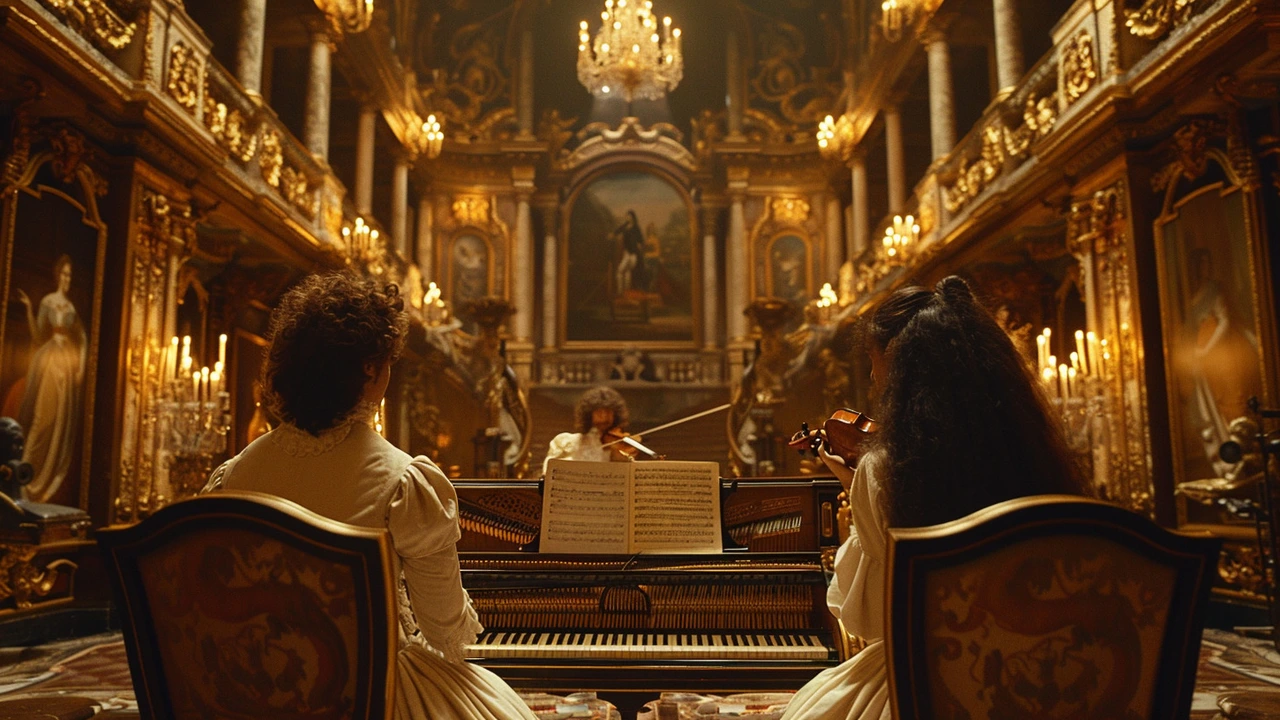
Exploring Rococo: The Golden Age of French Art
Rococo, often considered the golden age of French art, emerged in the early 18th century. This style is known for its ornate details, playful themes, and light-hearted elegance. The movement spread beyond France, influencing various European art forms. This article delves into the origins, characteristics, notable artists, and lasting impact of the Rococo period.
Read more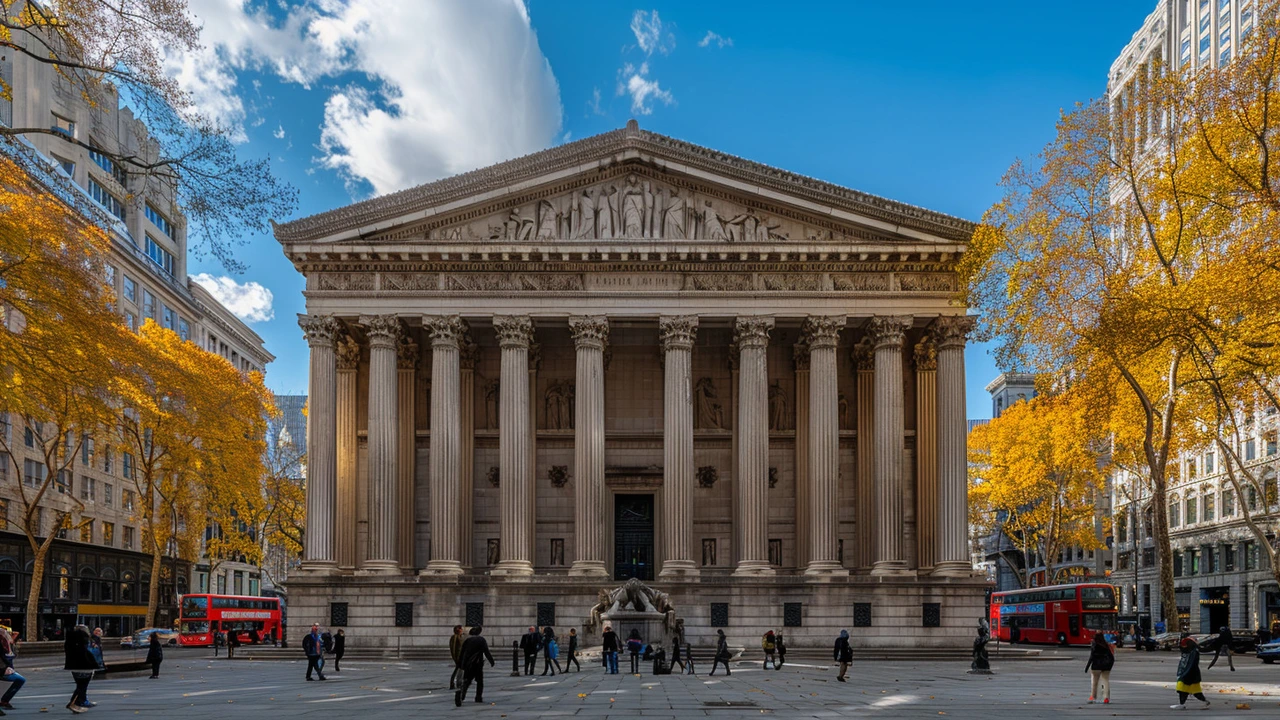
Discovering the Wonders of Greek Revival Architecture
Greek Revival architecture, inspired by ancient Greek temples, has left a significant mark on the world of design. This article delves into its origins, key characteristics, popular examples, and its lasting influence. Readers will gain insight into this timeless style and tips for identifying Greek Revival structures.
Read more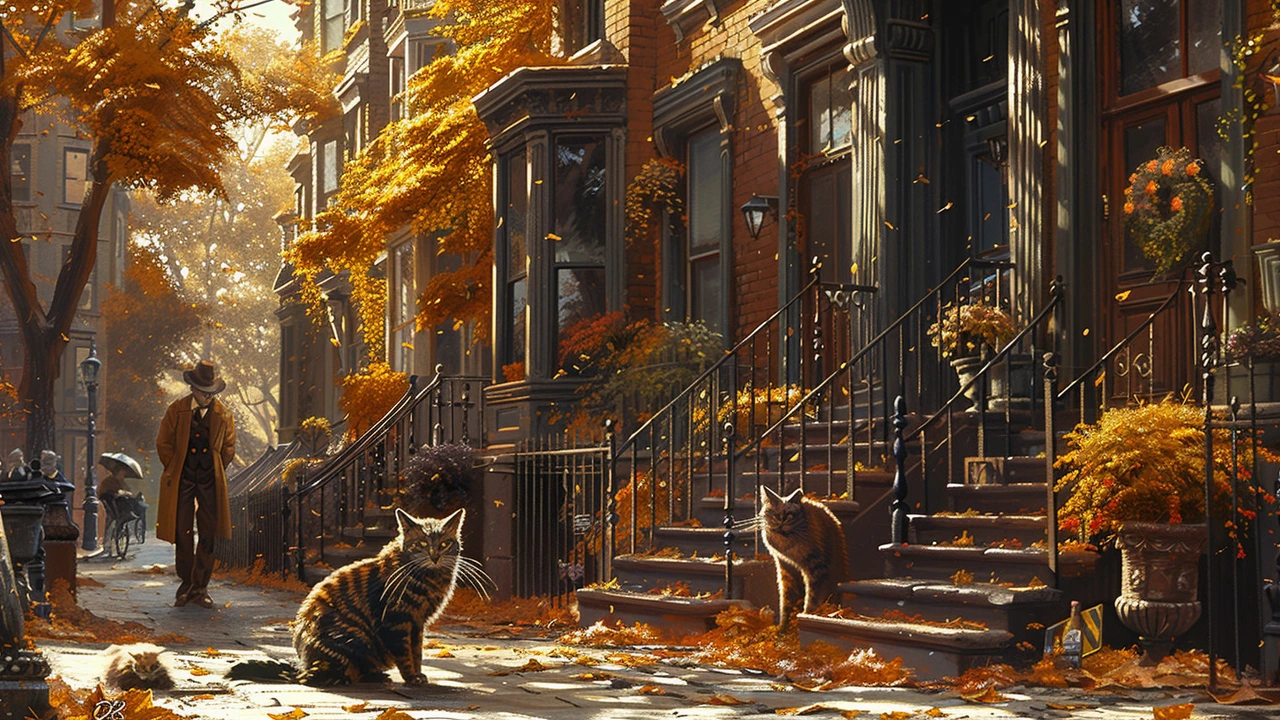
Federal Architecture: Elegance and Symmetry Embodied
Federal architecture, rooted in the late 18th and early 19th centuries in America, exemplifies elegance and symmetry. This article delves into its distinctive characteristics, notable examples, and tips on identifying and appreciating this architectural style. Through detailed insights, readers will understand the cultural and historical significance of Federal architecture.
Read more
Exploring the Vibrant World of Expressionist Architecture
Expressionist architecture encompasses a wide range of daring and imaginative structures that pushed the boundaries of traditional design. This article delves into the characteristics, historical background, significant buildings, and the impact of this unique architectural style. Learn about the visionary architects behind some of the most iconic structures and take away practical tips for recognizing and appreciating expressionist designs in the urban landscape.
Read more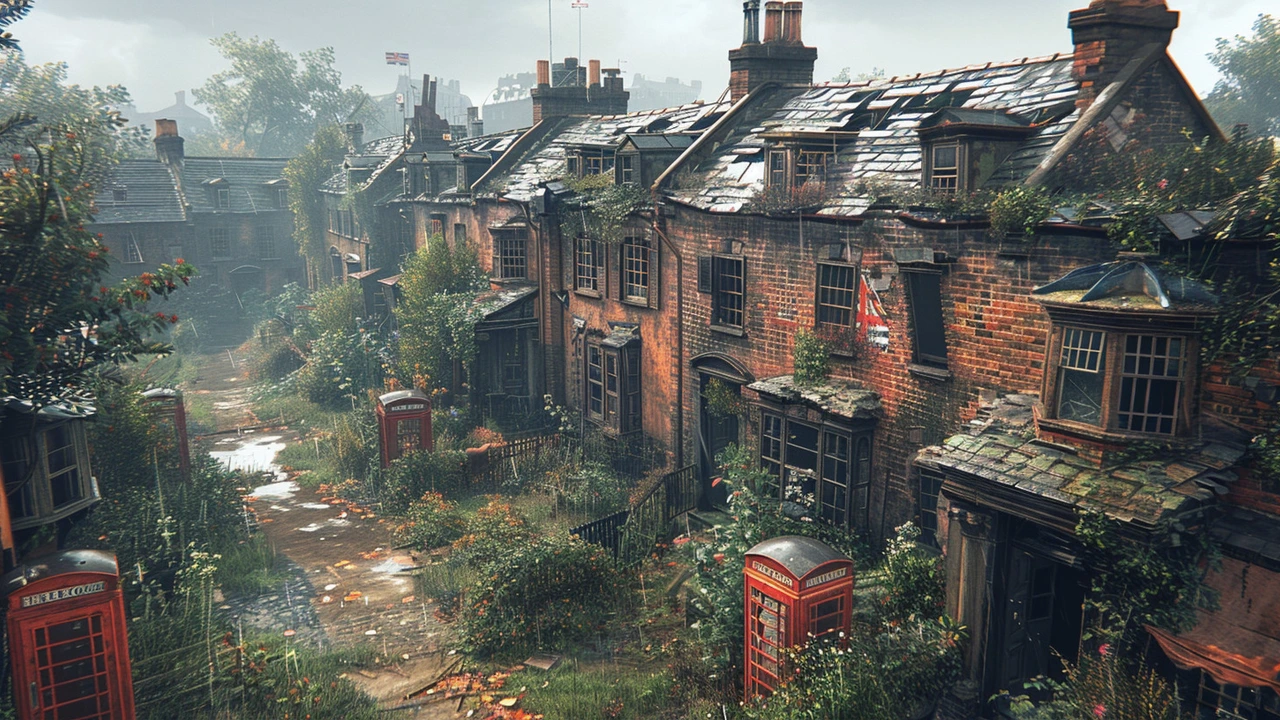
The Future of Urban Planning: Embracing High-Tech Architecture
High-tech architecture is revolutionizing urban planning by incorporating cutting-edge technology and sustainable practices. This approach combines smart design with modern technology to create efficient, adaptable, and environmentally friendly urban spaces.
Read more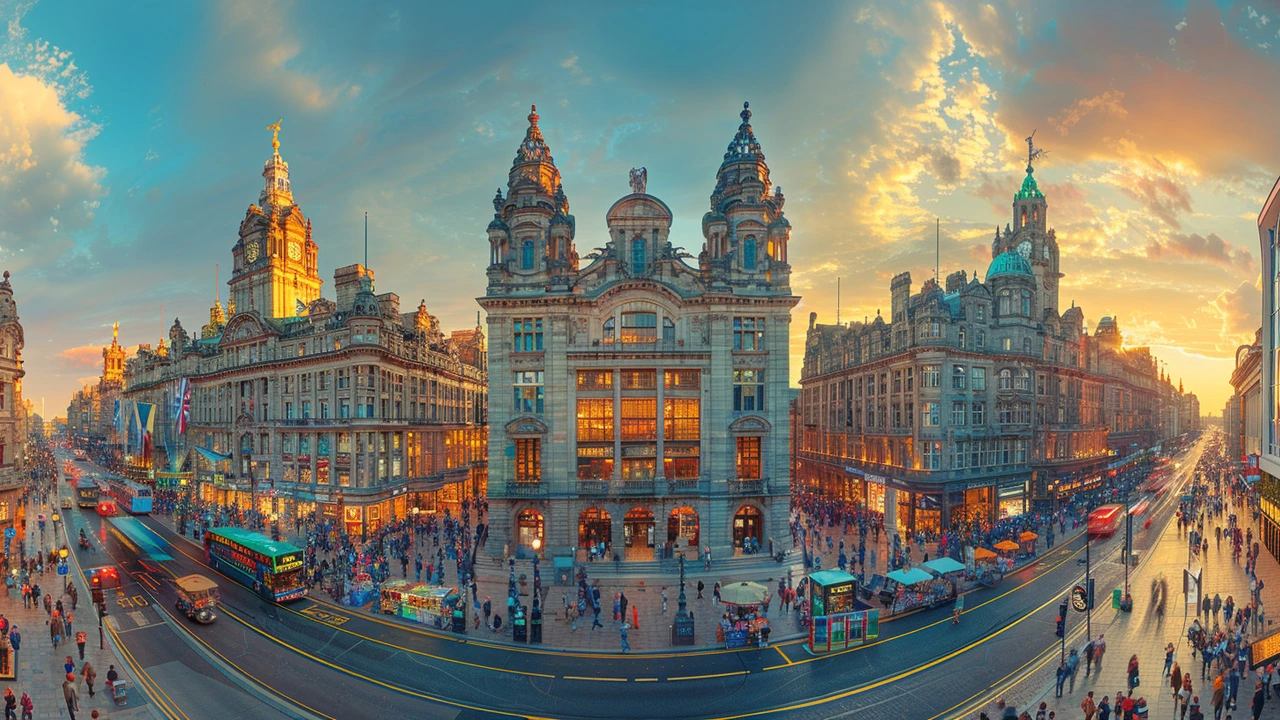
Discovering Beaux-Arts Architecture: Celebrating Human Ingenuity
Explore the grandeur of Beaux-Arts architecture, a style that stands as a testament to human creativity. Learn about its origins, distinctive features, and lasting impact on the architectural landscape. Get inspired by tips to recognize this style in modern cities and appreciate its elegance.
Read more
Exploring Dutch Colonial Revival Architecture in Modern Urban Development
Dutch Colonial Revival architecture has left a distinct mark on urban development, combining quaint historic charm with practical modern needs. This style, characterized by its gambrel roofs and symmetrical designs, often integrates seamlessly with contemporary urban planning. The article delves into the historical origins, key features, regional variations, urban impact, and preservation efforts of Dutch Colonial Revival architecture.
Read more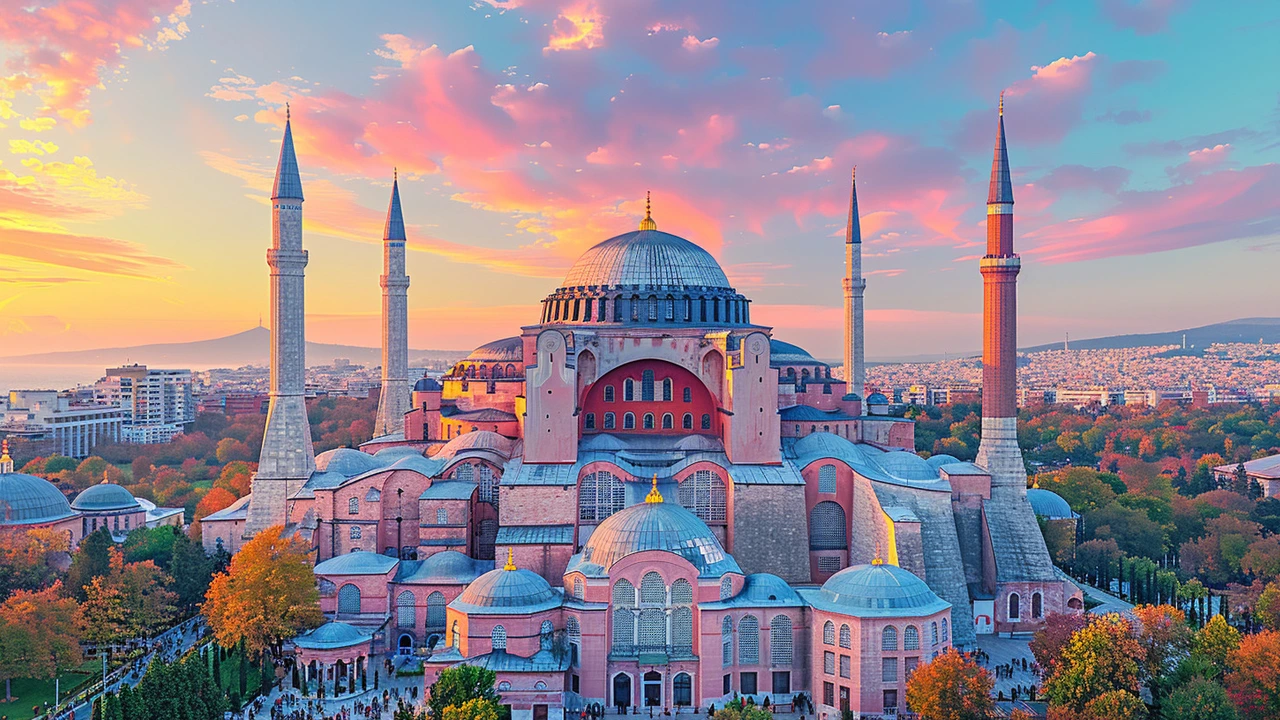
Exploring the Wonder of Byzantine Architecture: A Comprehensive Review
Discover the rich and elaborate world of Byzantine architecture. This captivating style combines artistic flair and engineering marvels, reflective of the empire's power and religion. Explore iconic structures, key features, and their lasting impact on architecture.
Read more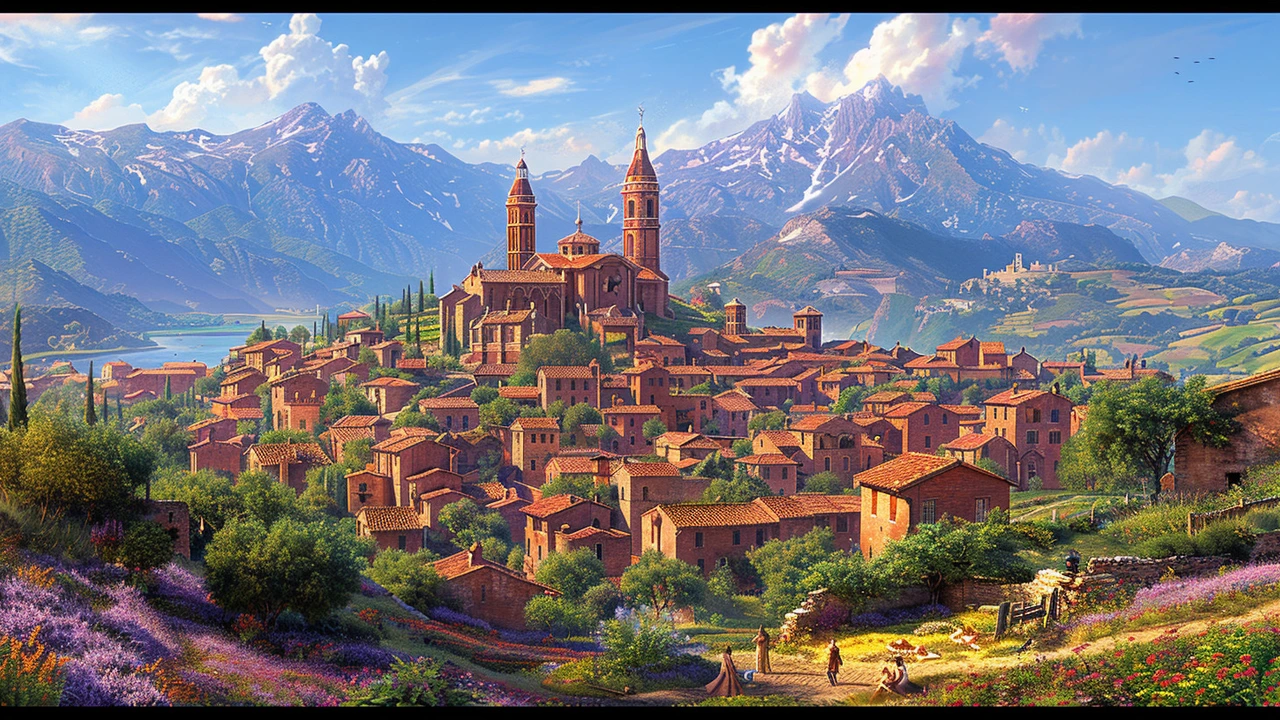
Italianate Architecture: Classic Beauty Redefined
Italianate architecture has captivated many with its timeless charm and grace. Rooted in the romantic villas of Italy, this architectural style redefines aesthetics with its unique features. Discover the history, key elements, and tips on how to incorporate this distinctive design in modern contexts. A deep dive into the lasting influence and beauty of Italianate architecture.
Read more